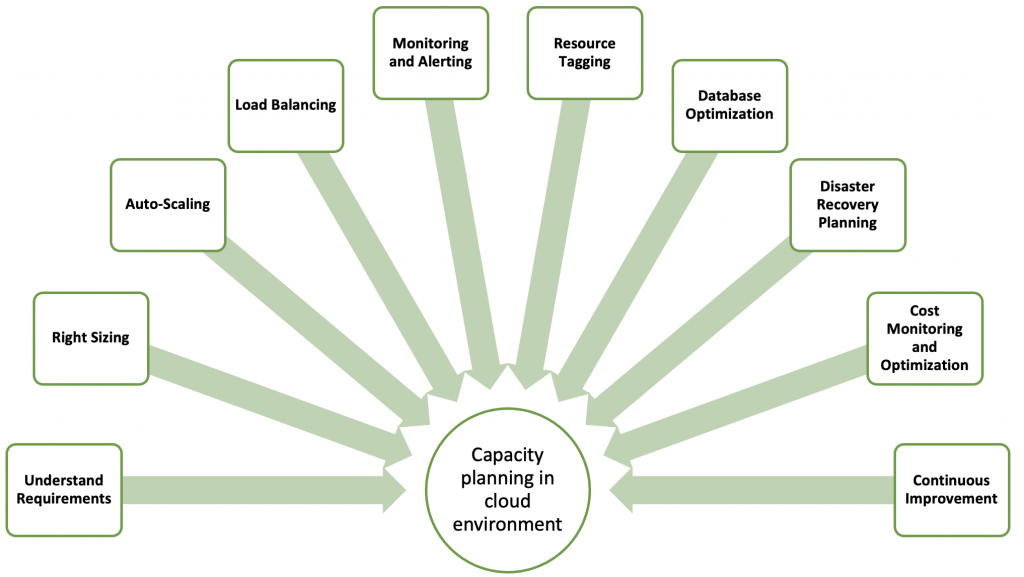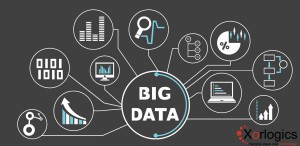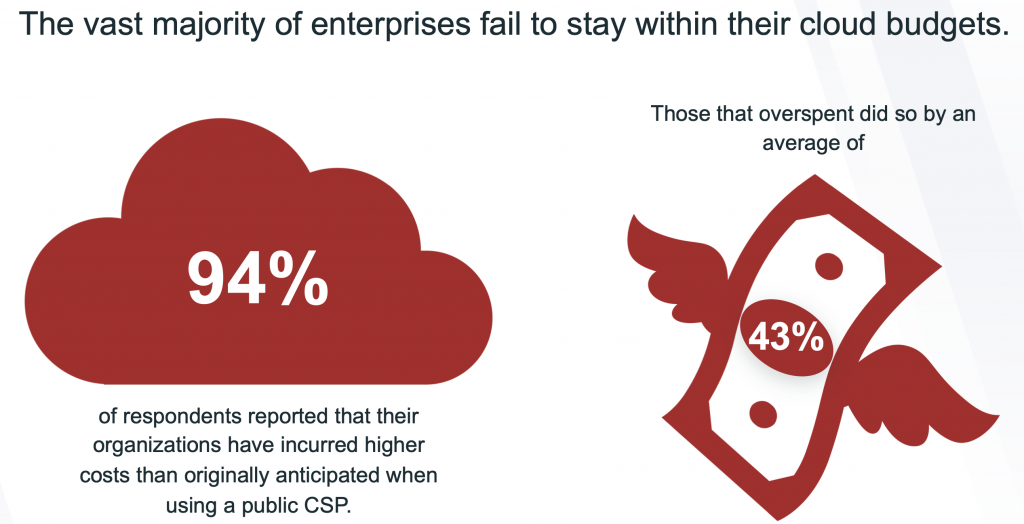How to maximize Capacity Planning in Cloud Environment
In today’s fast-paced and ever-evolving digital landscape, businesses need to stay ahead of the curve when it comes to managing their resources effectively. This is where capacity planning steps in, offering a strategic approach to ensure optimal use of your infrastructure while meeting the demands of your growing business.
Whether you are leveraging cloud computing, hybrid cloud solutions, or multi-cloud environments, capacity planning plays a vital role in keeping your operations running smoothly. Maximizing capacity planning in a cloud environment involves efficiently utilizing resources to meet performance and scalability requirements while minimizing costs. By analyzing historical data and forecasting future needs, you can make informed decisions about resource allocation and avoid any bottlenecks or downtime that could hinder your growth.
Let’s explore different types of capacity planning, uncover strategies for maximizing its effectiveness, and even touch on alternative approaches.
What is Capacity Planning?

Capacity planning is a strategic process that involves forecasting and managing the resources needed to meet current and future demands effectively. It helps businesses determine the optimal amount of infrastructure, such as servers, storage, and network capacity, required to support their operations.
In today’s connected digital landscape, where cloud computing reigns supreme, capacity planning has taken on even greater significance. With the dynamic nature of cloud environments and the ability to scale resources up or down on demand, businesses must carefully analyze their needs to avoid overspending or experiencing performance issues. There are different types of capacity planning approaches:
Reactive Capacity Planning: This method focuses on addressing immediate resource shortages or bottlenecks that arise unexpectedly. While it can help resolve urgent issues quickly, it may not provide a long-term solution for sustained growth.
Proactive Capacity Planning: Unlike reactive planning, proactive capacity planning takes a forward-thinking approach by analyzing historical data trends and predicting future needs. By identifying potential resource constraints in advance, businesses can make informed decisions about scaling their infrastructure accordingly.
Continuous Capacity Monitoring: This type of capacity planning involves real-time monitoring and alerting systems that keep track of resource utilization across various components of an IT environment. It enables businesses to identify any performance bottlenecks early on and take necessary actions promptly.
Each approach has its pros and cons depending on your business’s unique requirements and objectives.
The different types of Capacity planning
When it comes to capacity planning, there are different types that organizations can leverage based on their specific needs and requirements. These different approaches allow businesses to effectively manage their resources and ensure optimal performance in various scenarios.
One type of capacity planning is known as cloud computing. This involves utilizing remote servers hosted on the Internet to store, manage, and process data. With cloud computing, organizations have the flexibility to scale up or down their resources based on demand, allowing for efficient utilization of hardware and software capabilities.
Another type is the hybrid cloud approach. In this model, organizations use a combination of both public and private clouds to meet their capacity needs. The public cloud provides scalability and cost-effectiveness for non-sensitive data, while the private cloud offers enhanced security for critical applications or sensitive information.
Multi-cloud capacity planning entails using multiple cloud providers simultaneously. This strategy allows businesses to avoid vendor lock-in and take advantage of each provider’s unique strengths in terms of pricing, features, or geographical availability.
Auto-scaling is another crucial aspect of capacity planning. It enables systems to automatically adjust resource allocation based on real-time demand fluctuations. By dynamically scaling up or down resources such as CPU power or storage space, auto-scaling ensures optimal performance without wasting resources during periods of low activity.
Monitoring and alerting play an essential role in effective capacity planning as well. By constantly monitoring key metrics like system load or network bandwidth usage, organizations can proactively identify potential bottlenecks before they impact performance. Real-time alerts trigger notifications when predefined thresholds are breached so that immediate action can be taken.
By understanding these various options within capacity planning, businesses can choose the approach that best suits their needs and maximize their resource utilization.
How to maximize Capacity planning
One of the keys to maximizing capacity planning is to have a clear understanding of your organization’s goals and objectives. By aligning your capacity planning strategies with these goals, you can ensure that resources are allocated effectively and efficiently.
A crucial aspect of maximizing capacity planning is leveraging cloud computing technologies. With the rise of hybrid cloud and multi-cloud environments, organizations now have more flexibility in managing their resources. By utilizing auto-scaling capabilities, you can dynamically adjust resource allocation based on demand, allowing for optimal performance without overprovisioning or underutilization.
Also, by implementing robust monitoring tools, you to track resource usage patterns, identify potential bottlenecks, and proactively address issues before they impact operations. Real-time alerts enable quick response times, minimizing downtime and ensuring optimal performance.
Another strategy for maximizing capacity planning is conducting regular analysis and forecasting future requirements. By analyzing historical data and trends, you can make informed decisions about resource allocation, ensuring that adequate capacities are available when needed most.
Furthermore, engaging stakeholders from various departments within your organization is essential for effective capacity planning. Collaboration between IT teams, business units, and finance departments ensures alignment between technology needs and overall organizational objectives.
In conclusion, capacity planning plays a crucial role in enabling businesses to meet the demands of a rapidly changing technological landscape. By implementing effective practices like accurate forecasting, dynamic scalability, and strategic resource management- organizations can achieve cost-efficiency, optimal performance, and seamless operations even amidst growth or seasonal fluctuations. It’s important to note that while capacity planning is highly effective in most scenarios; there may be alternative approaches available depending on specific business requirements. It’s always advisable to consider factors such as cost-effectiveness, scalability options, and organizational goals before finalizing any strategy. With the right tools, support, and expertise, capacity planning becomes not just a necessity but also an opportunity for companies looking to leverage technology advancements for sustained success.



